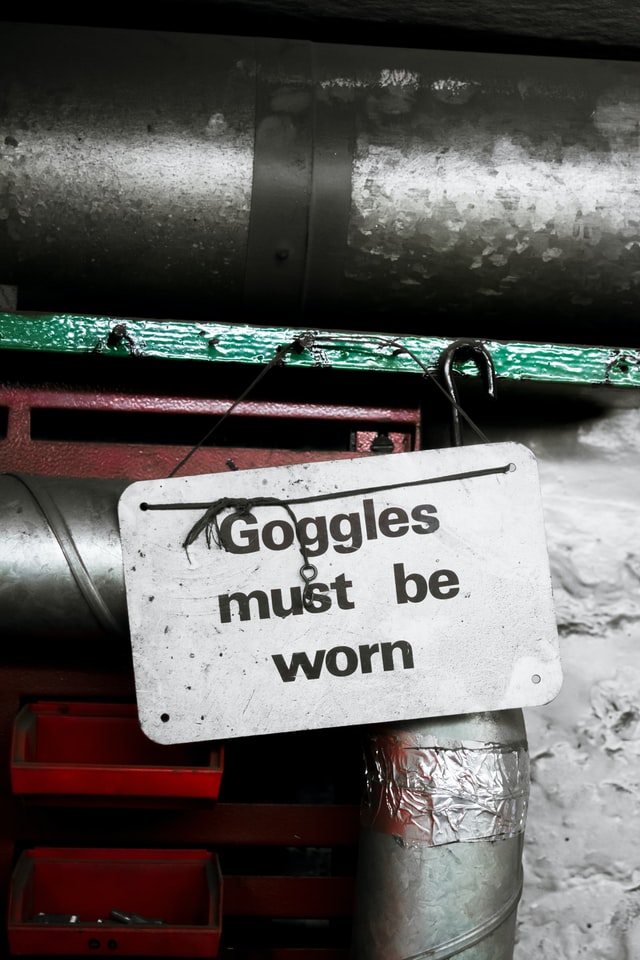Written by: Scott Falkowitz and Grace Herrera are process, Predictive Solutions Corp.
A common goal of most companies is to improve the safety culture within the organization. While this sounds fairly straightforward, the path to success often is riddled with misunderstanding and met with great difficulty.
Many companies tend to ignore a weak safety culture for years for a variety of reasons, and then decide some action needs to be taken as a result of an unplanned or unexpected event. Often, some attempt is made to improve the culture by arbitrarily directing funds and resources into training, staff and equipment. By doing this, companies expect a reduction in the frequency and severity of incidents and an overall increase in commitment from their employees. Long-term, this typically leads to disappointment and falling short of the goal.
To effectively improve the culture over the long-term, begin with an evaluation of where you are on the cultural thermometer, followed by a plan of action. The purpose of the plan is to identify what motivates your team, as well as which activities build trust, commitment and communication. We will take a high level look at what is required to do so, as well as illustrate how effective communication and feedback – combined with a focus on the people – can help achieve optimum results.
Evaluating the Challenge
Determining your cultural position requires a creative approach. Some organizations use validated perception surveys on the front end to receive feedback directly from the employee. Keep in mind that anonymity and confidentiality must be ensured and are keys to receiving accurate information and building trust. (Erickson, 2013)
Although somewhat antiquated, a simple suggestion box may be used. This helps with those employees who want a voice but who may not feel comfortable speaking up. The information collected will be valuable as you build your plan and form or reinforce the culture of your organization. With this approach, management must communicate the feedback and then act on the findings in a proactive and positive way. Remember that the key word associated with culture is “caring,” and it’s required from both employees and management.
Creating & Measuring Your Plan
Creating an effective plan is as important as having the desire to improve. A haphazard approach is similar to running through the woods at night. Sooner or later, the team will encounter an unplanned obstacle that has the potential to significantly derail progress. The best way to avoid this is to start at the top and systematically plan out the initiatives and how they will be steered throughout the organization.
Determining what motivates your people will assist you in implementing your new initiatives. It leads to discovering why employees continue certain behaviors. Consider these questions:
- Are at-risk behaviors driven by the fear of reprisal due to time demands?
- Do employees focus on quality because they take great pride in their work?
- Do employees work safely because they want the accolades others receive?
- Is safety important to them because they witnessed a tragedy to a friend or family member?
Similarly, consider the motivations of front line supervisors:
- Is management driving supervisors to encourage employees to not follow procedure?
- Are employees interpreting the request for production as a call for productivity at any cost?
- Is upper management clear on what its role is?
- Are you aware that monetary rewards that pay based on employees not getting injured damage reporting?
The plan components now will be focused on the items that were indicated as problematic, as well as other items found by questioning your own internal processes. It still might include manpower, training, equipment improvement and auditing, but now it’s done with a specific purpose and goal in mind.
Once the team gets to a point where they believe progress is being made, the next step is to measure progression. The simplest method is to conduct a second perception survey and compare the results against the first.
More important than that is the direct feedback of the employees, which serves as a key indicator. Leaders should take time out of their schedules each week to have face time with the employees. These conversations are important; ask about the work of the employees, participate in the process of job safety analyses and root cause analyses, attend safety committee meetings and participate in the audit and resolution process. While this is not a scientifically validated method, it serves as a good litmus test to identify what the status of morale and engagement is.
Building Trust & Commitment
As the team navigates through the plan roadmap, an emphasis should be placed on building trust. This is everyone’s responsibility as it fosters ownership of the process and vision. Employees must feel that they can be open and honest about their concerns related to safety, morale and program progression. They need to be free to ask questions about expectations without the fear of retaliation.
Employers have an obligation to listen and respond in a consistent manner. Employers must be proactive, inventive, inclusive and thought-provoking when it comes to their planned initiatives. Trust and sustainability only can occur when each side understands the thoughts and expectations of the other.
When employees feel respected, informed and included in the decision-making process, they more likely will continue participating, start communicating and feel better about the organization for which they work. During the process of culture building, the goal essentially is to eliminate the “us versus them” mentality, regardless of the differences in pay scales and job responsibilities.
Roles and responsibilities aside, we as a collective workforce spend more time with each other than we do engaging in our hobbies and spending time with our families. We owe it to ourselves and each other, as well as our families, to work together to improve the culture in our workplace.
Written by: Scott Falkowitz and Grace Herrera are process improvement leaders at Predictive Solutions Corp. They can be reached at sfalkowitz@predictivesolutions.com and gherrera@predictivesolutions.com.
References – Erickson, J. (2013, May 31). Perception Surveys: Their Importance and Role in Safety Performance. Retrieved April 28, 2015, from http://www.predictivesolutions.com/safetycary/perception-surveys-their-importance-and-role-in-safety-performance/

